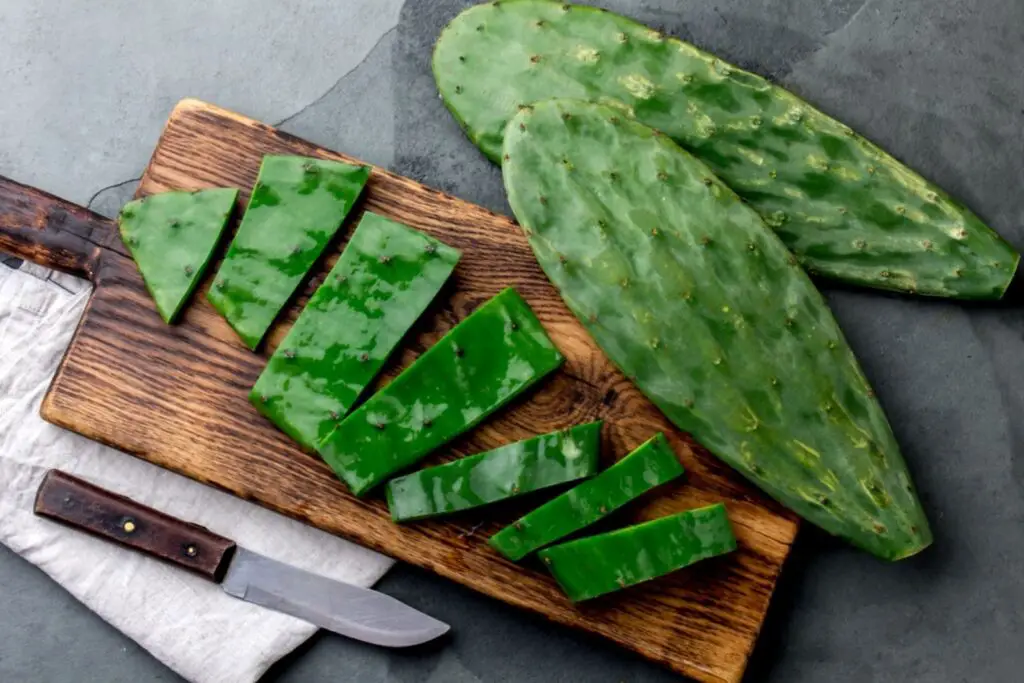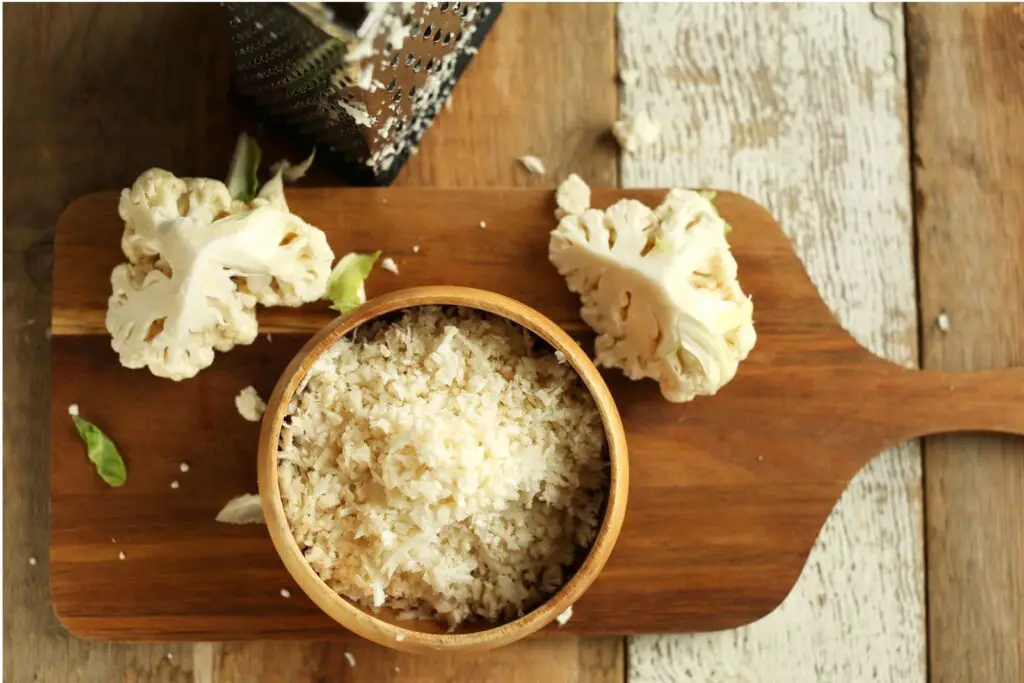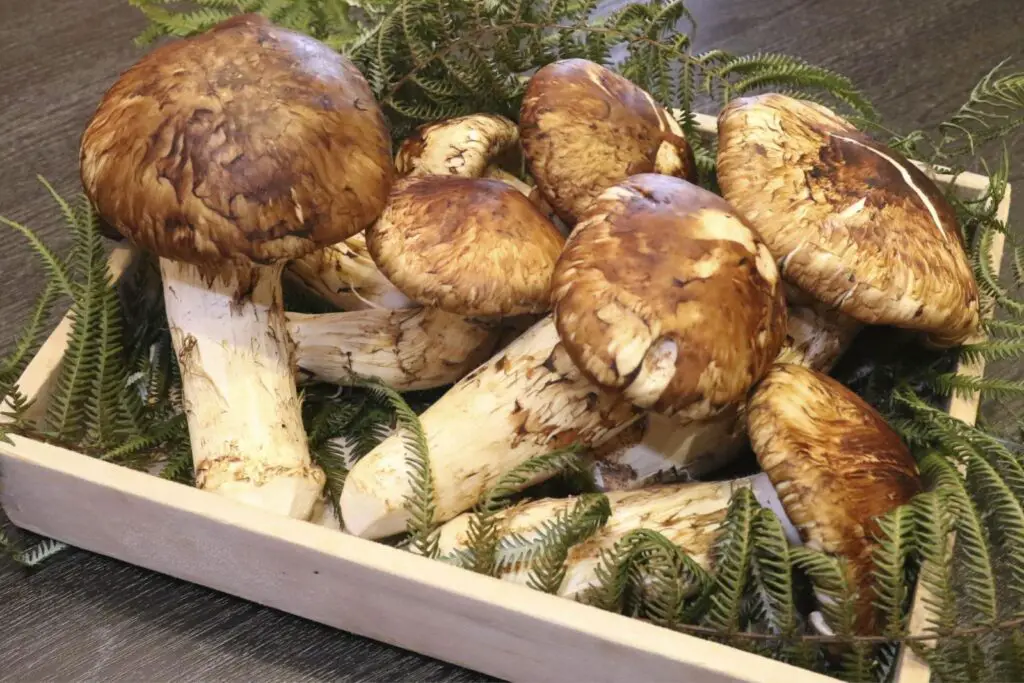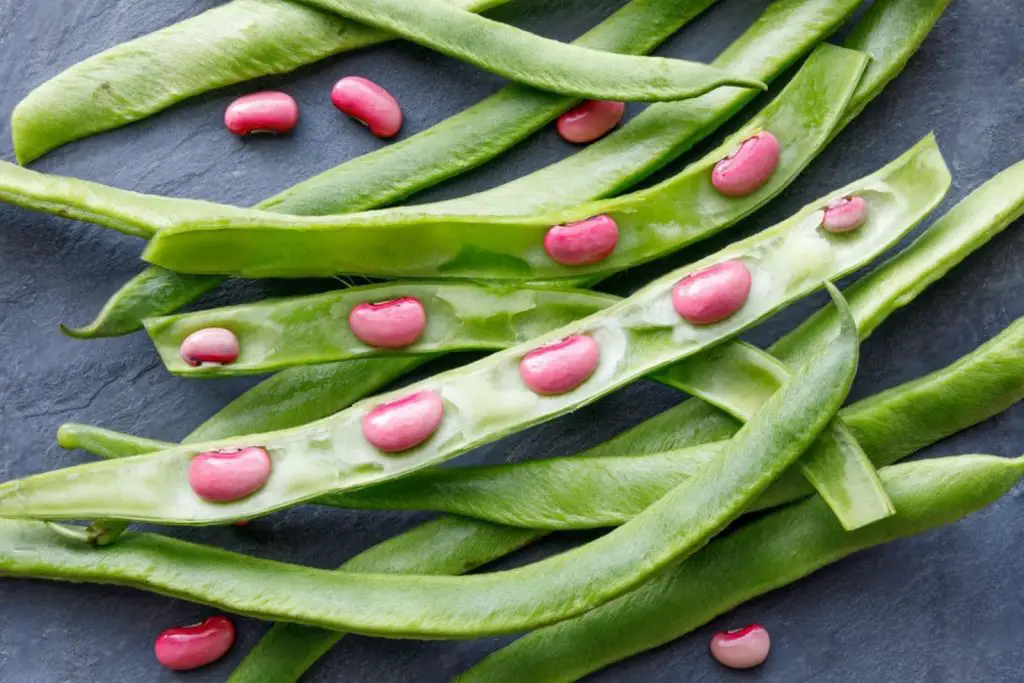
Escarole is a leafy green vegetable that is commonly used in salads, soups, and stews. It is a versatile and nutritious ingredient that can add a variety of flavors and textures to your meals. However, it can sometimes be challenging to use all of the escarole you have before it goes bad. Freezing escarole is an excellent way to preserve its freshness and extend its shelf life. By freezing escarole properly, you can keep it on hand for months, ready to use whenever you need it. In this guide, we’ll take you through the steps to freeze escarole correctly, including blanching, portioning, and storage. We’ll also answer some common questions about freezing escarole to help you make the most of this tasty and nutritious ingredient.
Here are the steps to freeze escarole:
Step 1: Wash the escarole thoroughly under cold running water.
This is an important step to ensure that the escarole is clean and safe to eat.
Escarole, like other leafy greens, can accumulate dirt, sand, or other debris on its leaves during the growing and harvesting process. Washing the escarole under running water helps to remove any such particles that may be present on the leaves.
It’s important to use cold running water rather than hot water as hot water can cause the escarole to wilt and lose its texture. Washing the escarole thoroughly also helps to remove any potential contaminants that may be present on the leaves, such as bacteria or pesticides. Once the escarole is washed and free of any debris, it can be blanched and frozen for later use.
Step 2: Blanch the escarole.
Blanching is a cooking process where food is briefly boiled in water and then quickly cooled in ice water to stop the cooking process. Blanching is commonly used to help preserve the color, texture, and nutrients of vegetables and other foods, and it is an important step in freezing escarole.
When escarole is blanched in boiling water for 1-2 minutes, it helps to inactivate enzymes that can cause the leaves to deteriorate over time. It also helps to lock in the color and texture of the escarole, making it more appealing when it’s later thawed and used in cooking.
After the escarole is blanched, it is immediately plunged into a bowl of ice water to stop the cooking process. This helps to prevent overcooking and further preserve the texture and color of the escarole. Once the escarole is blanched and cooled, it can be drained and frozen for later use.
Is it good not to blanch escarole before freezing it?
It is not recommended to freeze escarole without blanching it first. Blanching involves quickly boiling the escarole for a few minutes and then placing it in cold water to stop the cooking process. This step is essential because it helps to preserve the color, texture, and flavor of the escarole and also helps to kill any bacteria that may be present. If escarole is frozen without blanching, it may become discolored, develop a mushy texture, and lose its flavor. Properly blanched escarole can be frozen for up to eight months, but it’s important to store it in an airtight container or freezer-safe bag to prevent freezer burn.
Step 3: Transfer the escarole to a bowl.
After blanching the escarole in boiling water for 1-2 minutes, it is important to immediately transfer it to a bowl of ice water to stop the cooking process. This is because blanching involves partially cooking the escarole, and if it is left in the hot water for too long, it will become overcooked and lose its texture and flavor.
By immediately transferring the escarole to a bowl of ice water, the cooking process is stopped and the escarole is cooled down rapidly. This helps to preserve the color, texture, and nutrients of the escarole and prevents it from becoming mushy or overcooked.
Additionally, the rapid cooling of the escarole in ice water helps to set its color, preventing it from turning brown or losing its vibrancy. Once the escarole is cooled, it can be drained and squeezed to remove any excess water before being frozen for later use.
Step 4: Drain the escarole well.
To drain the escarole, place it in a colander or strainer and allow any excess water to drain off. You can also gently pat the escarole dry with a paper towel or clean cloth to remove any remaining moisture.
After draining the escarole, it’s important to squeeze out any excess water. This can be done by gently pressing the escarole between your hands or using a clean towel to wring out any excess moisture. However, be careful not to squeeze too hard or you may damage the texture of the escarole.
Once the escarole is well-drained and any excess water is removed, it can be placed in a freezer-safe container or resealable plastic bag and labeled with the date before being frozen for later use.
Step 5: Place and label the escarole in a freezer-safe container.
Once the escarole has been blanched, cooled, drained, and excess water has been squeezed out, the next step is to place it in a freezer-safe container or resealable plastic bag.
Using a freezer-safe container or resealable plastic bag will protect the escarole from freezer burn and prevent it from taking on any unwanted flavors or odors from other foods in the freezer. It’s important to label the container or bag with the date that the escarole was frozen, as frozen escarole can be stored in the freezer for up to six months.
By labeling the container or bag with the date, you can keep track of how long the escarole has been in the freezer and use it before it gets too old. This helps to ensure that the escarole maintains its quality and flavor, and is safe to consume when you’re ready to use it.
What are the best-recommended bags and containers for freezing escarole?
- Ziploc Freezer Bags: These bags are made with a thicker material than regular bags and are specifically designed for freezer storage. They come in various sizes and are easy to label.
- Glad FreezerWare Containers: These containers are made with a durable material that can withstand the extreme cold of the freezer. They come in various sizes and are stackable, making them easy to store.
- Ball Plastic Freezer Jars: These jars are made of a heavy-duty plastic material that is freezer-safe. They come in different sizes and have a wide mouth, making it easy to pack the escarole in them.
- Rubbermaid Brilliance Freezer Safe Storage Containers: These containers are made with a durable material that can withstand extreme temperatures, making them ideal for freezer storage. They have an airtight seal to prevent freezer burn and are also microwave and dishwasher-safe.
Other related questions
How long does escarole last in the freezer?
Escarole can last in the freezer for up to eight months if it is properly blanched before freezing and stored in an airtight container or freezer-safe bag. However, the quality of escarole may start to degrade after four to six months, and it may develop freezer burn or become mushy. It’s best to use frozen escarole within the recommended time frame to ensure the best texture and flavor.
How do you thaw frozen escarole?
To thaw frozen escarole, transfer it from the freezer to the fridge and let it thaw overnight. Alternatively, you can thaw it in a microwave on the defrost setting, or place it in a sealed plastic bag and submerge it in cold water. Once thawed, squeeze out excess water before using in recipes.
Can I refreeze frozen escarole?
It is generally not recommended to refreeze frozen escarole. Each time escarole is thawed and refrozen, it can lose its texture, flavor, and nutritional value. To ensure the best quality, it’s recommended to freeze escarole in portions that you will use at once and thaw only what you need. If you have leftover thawed escarole, it’s best to use it within a day or two or discard it.
How do I know if my escarole has gone bad?
To determine if escarole has gone bad, look for signs of spoilage such as wilted leaves, discoloration, a slimy or mushy texture, or a sour or unpleasant odor. If any of these are present, it is best to discard the escarole to avoid any potential health risks.
Can frozen escarole be used in place of fresh escarole in recipes?
Yes, frozen escarole can be used in place of fresh escarole in recipes. However, it may have a softer texture and slightly different flavor than fresh escarole. It is best to thaw and drain frozen escarole before using it in recipes, and it may work best in cooked dishes rather than raw preparations.
Can you freeze escarole that has been seasoned or mixed with other ingredients?
Yes, you can freeze escarole that has been seasoned or mixed with other ingredients. However, keep in mind that some seasonings or other ingredients may affect the texture or flavor of the escarole during freezing. It is best to freeze seasoned or mixed escarole in an airtight container or freezer bag and label it with the date and any other relevant information. When thawing and using the escarole, be mindful of how the added ingredients may affect the recipe.
Does freezing escarole affect its flavor or texture?
Freezing escarole can slightly affect its texture and flavor, as the ice crystals formed during freezing can damage the cell structure of the leaves. This may result in a slightly softer texture and slightly altered flavor. However, if stored properly and used in appropriate recipes, the changes are generally minor and the escarole can still be a good option for winter dishes.
Can you freeze raw escarole, or should it be cooked first?
You can freeze raw escarole, but it is recommended to blanch it first to help preserve its texture and flavor. Blanching involves boiling the escarole for a short time and then immediately cooling it in ice water. This process can help to stop enzyme activity that can cause the escarole to deteriorate during freezing. While blanching is not necessary, it can help to maintain the quality of the escarole during freezing.
Are there any health risks associated with freezing escarole, such as loss of nutrients?
Freezing escarole can lead to a loss of some nutrients, such as vitamin C, due to the damage caused by ice crystals during freezing. However, the loss is generally small and escarole is still a nutrient-dense vegetable, even when frozen. Overall, freezing escarole is a safe and healthy way to preserve it for later use.
Can frozen escarole be used in soups or stews, or will it become too mushy?
Yes, frozen escarole can be used in soups or stews. However, it may have a slightly softer texture than fresh escarole, especially if it has not been blanched before freezing. To prevent it from becoming too mushy, it is best to add frozen escarole to the soup or stew during the last few minutes of cooking.
How should frozen escarole be used in recipes, and are there any specific cooking methods that work best?
Thaw frozen escarole in the refrigerator overnight, and drain excess water before using it in recipes. It works well in cooked dishes like soups, stews, casseroles, and pasta dishes. Adding it toward the end of cooking helps maintain its texture. Avoid using it in raw salads or dishes, as it can be too soft.








